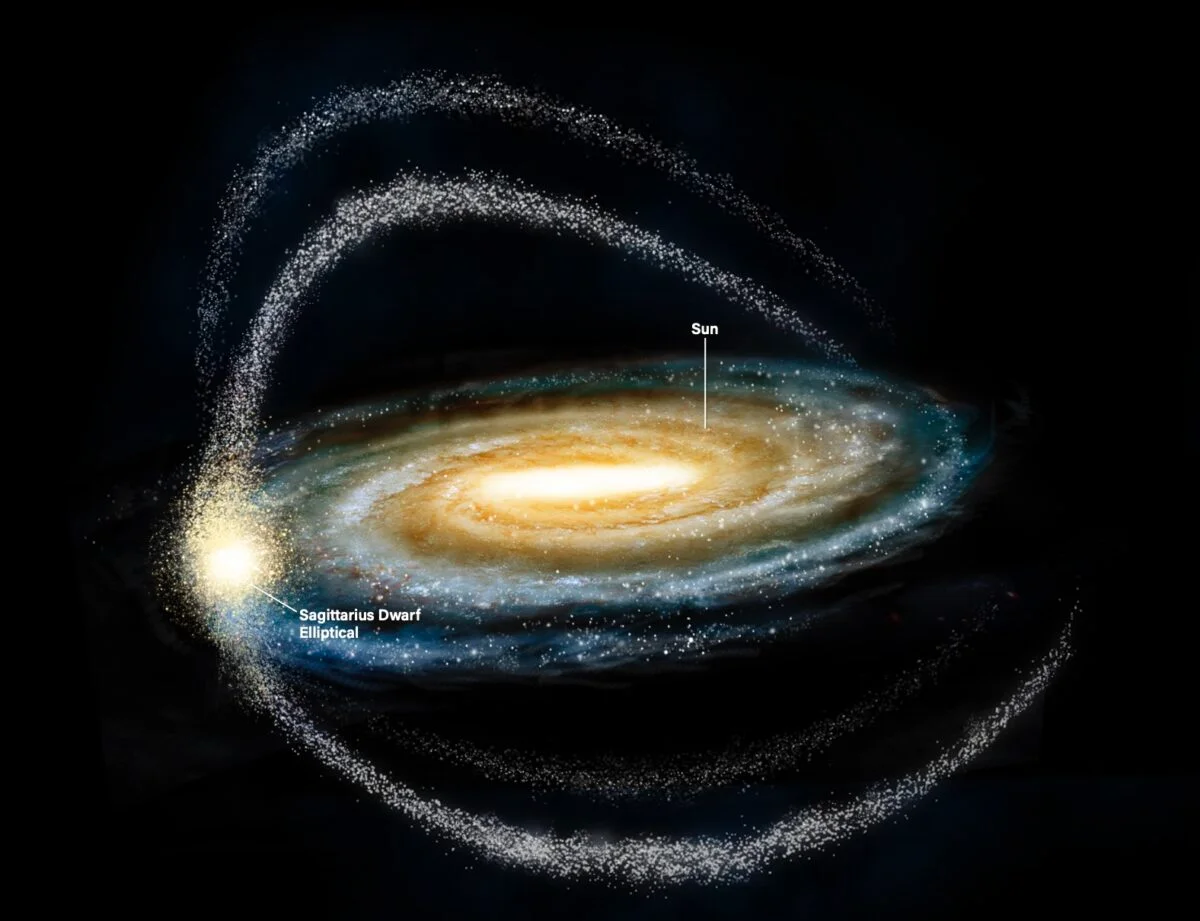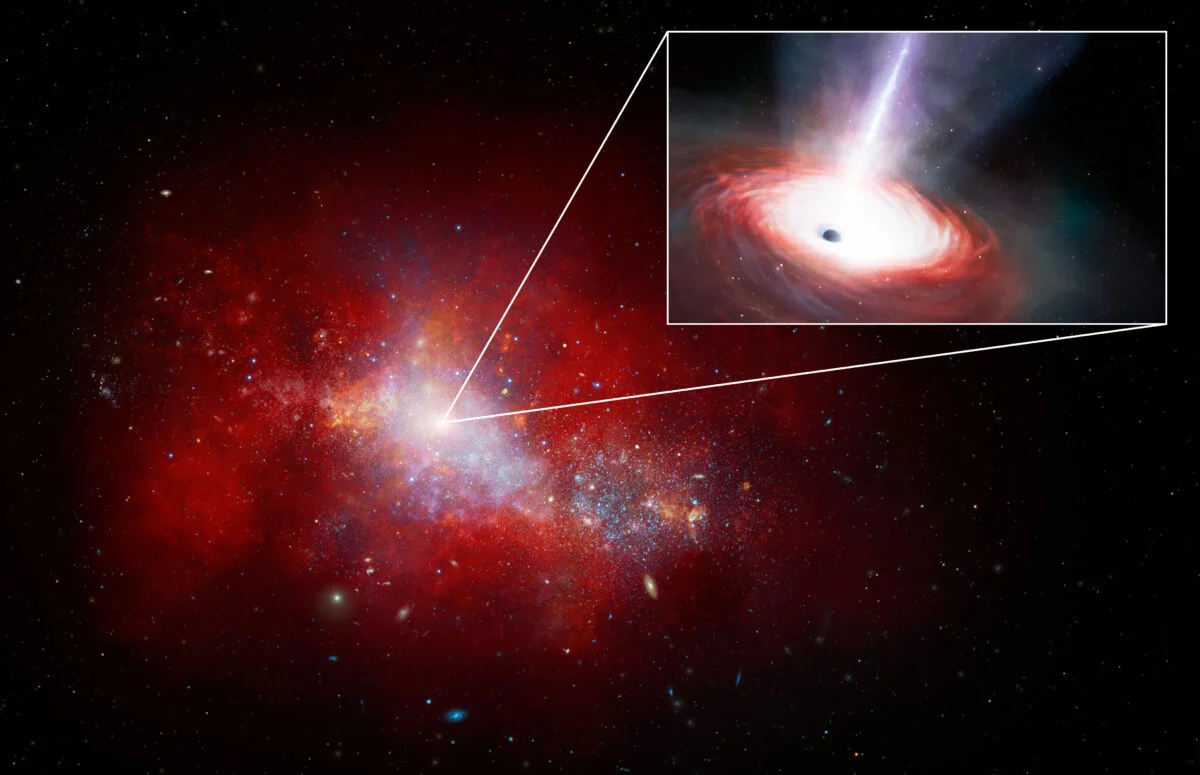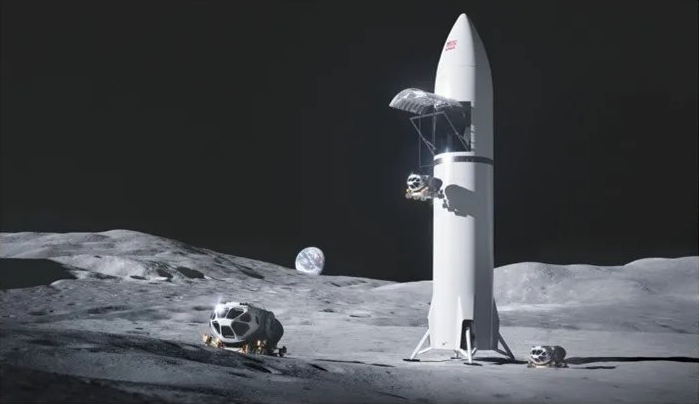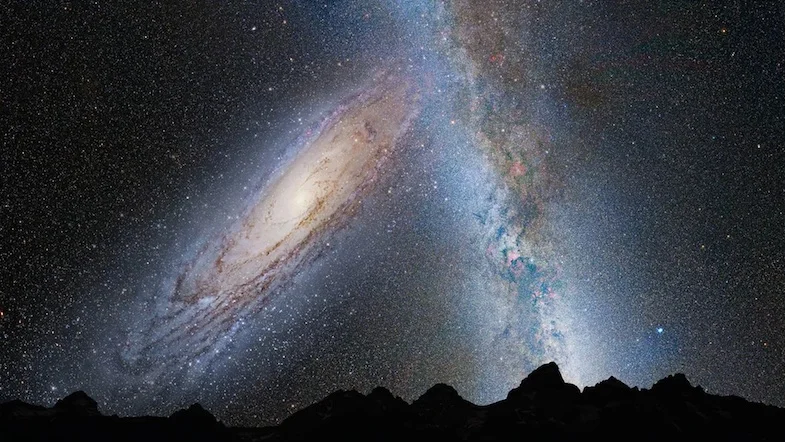
Survivors from the Milky Way’s Birth
- Milky Way
- October 20, 2024
- 1306
How ancient globular clusters hold the secrets of our galaxy’s formation.
The history of the Milky Way has been shaped by violent galactic mergers, yet some celestial objects have endured these cosmic collisions, offering valuable insights into our galaxy’s formation. Among the survivors are globular clusters, dense groups of ancient stars that carry records of the Milky Way’s tumultuous past.
The Gaia Space Observatory’s Role
Since its launch, the European Space Agency’s Gaia space observatory has revolutionized our understanding of the Milky Way. Positioned at Earth’s L2 Lagrange point, Gaia has mapped the locations, movements, and chemical compositions of nearly 2 billion stars, providing unprecedented detail about our galaxy’s structure and history.
Through Gaia’s data, astronomers identified stellar families and streams, remnants of smaller galaxies the Milky Way absorbed over billions of years. Globular clusters, some of which were born in these smaller galaxies, are particularly significant in reconstructing this history.
Relics of Dwarf Galaxy Mergers
Simulations, combined with Gaia’s precise measurements, reveal that several globular clusters were originally part of galaxies the Milky Way devoured. Notable examples include:
- M2 (NGC 7089)
- Origin: Formed in the Gaia-Enceladus galaxy, which merged with the Milky Way about 9 billion years ago.
- Characteristics: Dense and rich, with a magnitude of 6.5, located 40,000 light-years away in Aquarius.
- Observations: Best viewed through medium to large telescopes, M2 features a granular core with dark lanes visible in its outer regions.
- M56 (NGC 6779)
- Origin: Likely brought in by the same event as M2.
- Characteristics: Compact and faint at magnitude 8.3, located 33,000 light-years away in Lyra.
- Observations: With its retrograde orbit, M56’s origin is extragalactic, providing evidence of its migration into the Milky Way.
- M79 (NGC 1904)
- Origin: Linked to the Sagittarius Dwarf Galaxy.
- Characteristics: Located in Lepus, 40,000 light-years away, this globular shines at magnitude 7.7 and features a striking V-shaped arc of stars.
- Observations: Best seen in winter, M79’s dense structure is apparent even with medium telescopes.
- M75 (NGC 6864)
- Origin: Formed outside the Milky Way and integrated during a later merger.
- Characteristics: Situated 68,000 light-years away, M75 is the most compact globular in the Messier Catalog and has a densely packed core.
- Observations: Its elliptical orbit indicates an extragalactic origin.
The Sagittarius Dwarf Galaxy and M54
Among the most dramatic remnants of galactic mergers is the Sagittarius Dwarf Elliptical Galaxy, whose streams of stars arc around the Milky Way. Its surviving core, M54 (NGC 6715), lies a staggering 87,000 light-years away in the constellation Sagittarius.
Observations suggest M54’s passage through the Milky Way triggered significant star formation, potentially sparking the creation of our Sun and solar system.
Viewing the Survivors
Many of these clusters, once overlooked as faint smudges of light, are now recognized as keystones in understanding the Milky Way’s formation. Equipped with telescopes, amateur astronomers can explore these objects, marveling at their resilience and the stories they tell about the violent birth of our galaxy.
Galactic Evolution and Future Mergers
The saga of cosmic mergers continues: the Milky Way is currently absorbing the Sagittarius Dwarf Galaxy and Magellanic Clouds, with the Andromeda Galaxy expected to collide with us in several billion years. As our galaxy evolves, these surviving globular clusters will remain as enduring witnesses to the history of the cosmos.
So next time you gaze at one of these clusters, remember—you’re looking at a piece of galactic history billions of years old.



